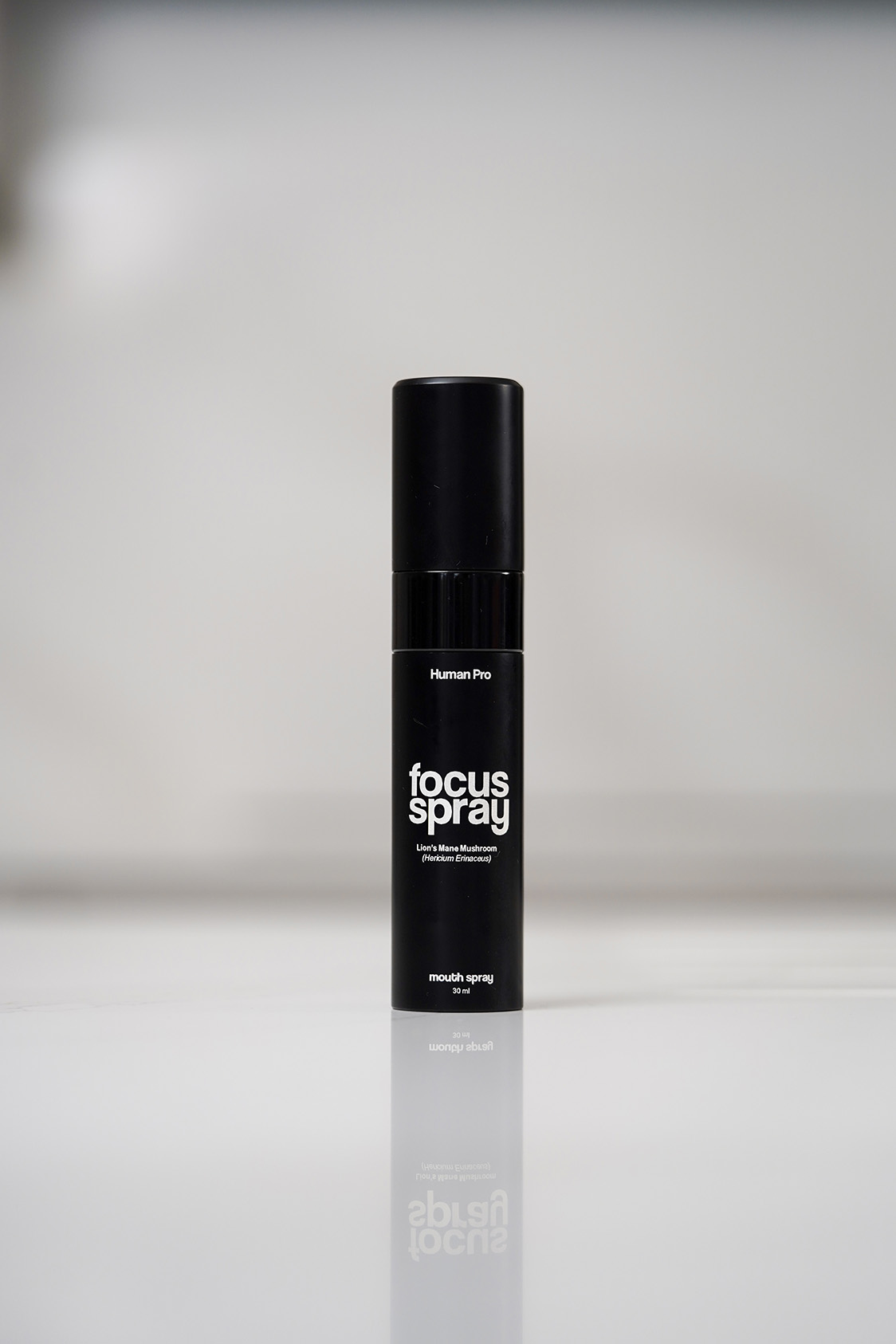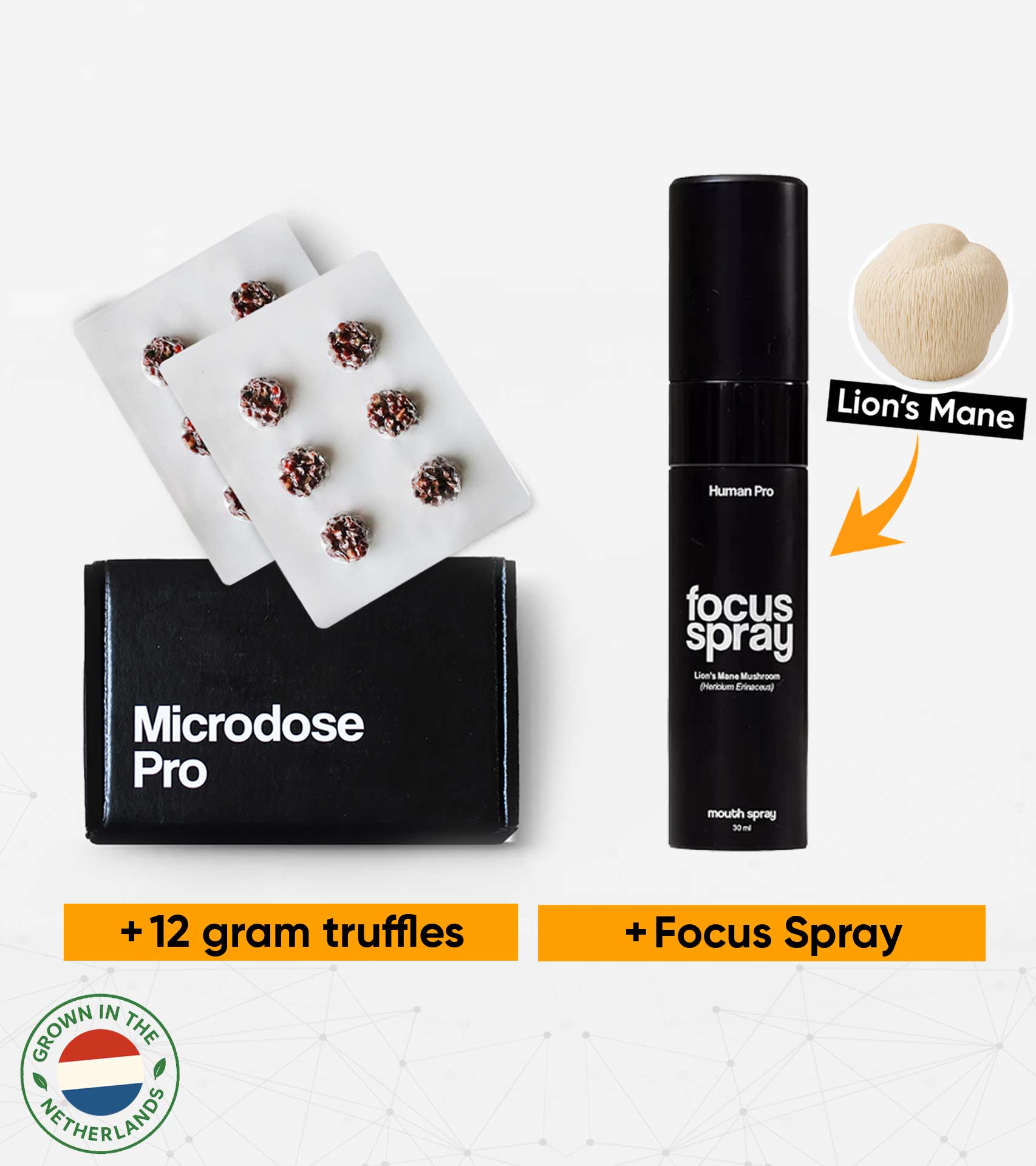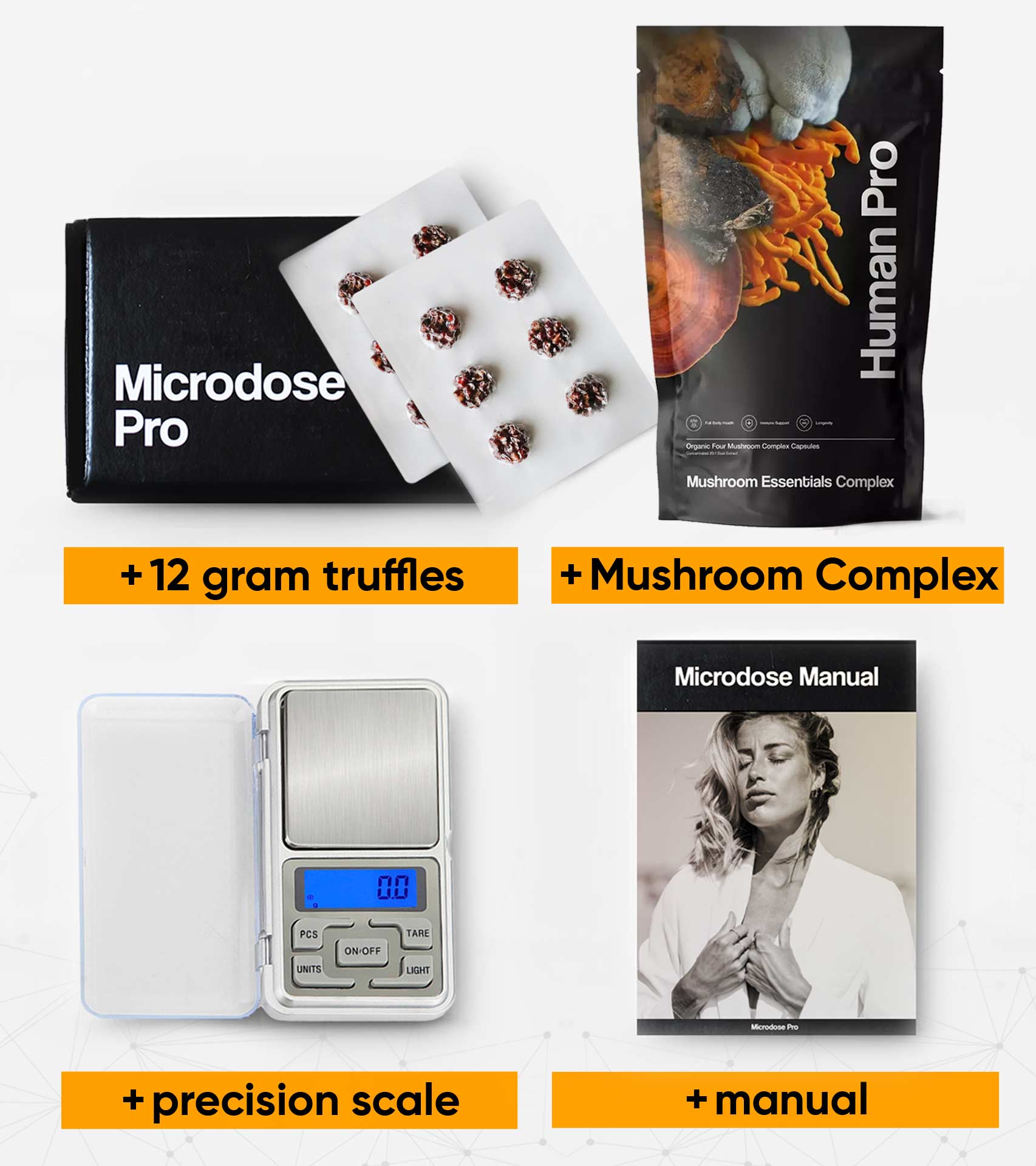10X your Microdosing Practice with these 8 Habits – Pt 2
2 years ago, I wrote a blog about habits that optimise and boost your microdosing practice. A list of habits that are accessible, sustainable, sometimes free, and arguably always feel good.
The blog I wrote was under the umbrella of microdosing, but it’s worth mentioning that these practices are beneficial to our lives and our overall well-being, whether we are microdosing or not.
And so because I am almost compulsive about market research, I already have a new list of habits to incorporate into your microdosing practice or your life.
There’s bound to be at least one or two that will surprise you.
Ready?
Consider adding these habits to your life, or microdosing practice:
1. Magnesium Oil
Did you know that most of us are possibly magnesium deficient? Not only that, but a potential remedy is affordable and easy to use.
Magnesium oil is a topical solution that can be applied to the skin. Many use it to help with relaxation, muscle recovery, sleep, and potentially digestive issues. Just a few sprays on the bottom of the feet before sleep and let me know how you feel in the morning!
2. Infrared Light
I first learned about the benefits of Infrared light therapy by listening to a 6-hour podcast on the topic, strangely hosted by music producer Rick Rubin.
Infrared light therapy involves the use of specific wavelengths of light to support healing and reduce inflammation. Can be added to sauna rooms or used locally with a special handheld light. Regular exposure to red light therapy is something I would call an investment.
Learn more about Infrared light therapy on this podcast called The Red Light Report
3. Flow State To Cure Burnout
How many of us are feeling frayed and burned out these days? Well, as it turns out, the cure might not be another weekend spent in bed. According to Steven Kotler the co-author of a classic peak performance book called Stealing Fire, his cure for burnout is: flow state.
Ever since I heard Steven explain it on Mo Gawdat podcast, I can’t stop thinking about it.
Activities that induce a flow state, induce a very specific chemical cocktail of both dopamine and serotonin in our brains.
More often than not, the activities we participate in are either dopamine-dominant or serotonin-dominant. The cocktail of both chemicals triggered through flow states could be a solution to burnout that has been almost too obvious to notice. In other words, maybe next time you feel wiped out and exhausted, do some painting, play an instrument, or do some gardening.
4. Overriding Resistance
According to the most recent neuroscience, there is a physical brain region directly correlated with our ability to push through resistance and access our willpower.
This is called the Anterior Mid Cingulate Cortex and as Dr. Andrew Huberman announced recently, it can change in size depending on how often we purposefully do what we do not want to do.
There is a special kind of self-satisfaction to be enjoyed from completing tasks that we feel strongly avoidance toward. This in itself dramatically reduces cognitive load and activates more resilience.
Doing what we don’t want to do is a vital part of becoming the next version of ourselves. The more we can execute despite our feelings, the more we get done and the better we feel.
5. Sea Moss Gel
Drinking water is one thing, being hydrated is another. I recently found out about the high levels of vitamins, nutrients, and trace minerals found within Sea Moss Gel and it’s now one of my favourite supplements. My digestive system loves it and it helps to keep me hydrated on a cellular level.
As far as cognitive support; being hydrated with optimal levels of vitamins and minerals is always a great place to start. Give your body the building blocks it needs to do what it does best; keep you healthy.
6. Strong Thigh Muscles
If I were to ask you which muscle group is most associated with health and longevity, would you think to answer; thigh muscles?
Well, as it turns out, as we move through adulthood, strong thigh muscles are one of the biggest biomarkers for healthy ageing. Strong thigh muscles not only keep us balanced and mobile, but they also keep our bones strong reducing the likelihood of hip injuries.
Agility and bone density aside, a study from 2009 discovered that there may be an association between low thigh circumference and an increase in heart disease or premature death.
Basically, we now taking the stairs, going on uphill hikes, doing lunges in the driveway, squats in the kitchen, and doing kettlebell swings at the gym. 🦵🦵
7. Become Ambidextrous
Neuroplasticity and neurogenesis can be induced by many triggers, not only psilocybin. Neurogenesis creates new synaptic connections between two cells, while neuroplasticity optimises the existing synaptic connections between two or more cells.
Performing activities that are outside of our daily routine or habit is also a great neuroplasticity and neurogenesis inducer. Most of us use one hand more dominantly than the other. Using either hand with the same skill and dexterity as the other is called being ambidextrous.
So my recommendation to you is to start brushing your teeth with your non-dominant hand, to write or draw with your non-dominant hand, and to play a sport from a different leg.
Being ambidextrous has already been studied for its association with brain health, making the case that growth is inevitable when the brain is pushed to do something it’s never done before.
8. New Skill Every Year
Speaking of provoking growth with a new action or activity, learning a new skill regularly is top-tier preventative care.
Preferences aside, it almost doesn’t even matter what the new skill is. Making it a priority to learn something brand new, regularly, potentially yields more benefits than we realize.
Learning something new can be cognitive, physical, verbal, musical, sensory, or spiritual. The point is to take our brains where it’s never been before. New skill, new frontier, new world.
9. Daily MayoFascial Release Exercises
Our fascia is the soft tissue between muscles and the skin. It is important that the fascia is as supple, relaxed, and malleable as possible. Aside from being physically strong, flexible, and hydrated, the fascia might need another level of support from us.
Traumatic events can store themselves inside our bodies like Bessel Van Del Kolk taught us in The Body Keeps The Score. Based on the premise that our fascia is a black box of information, I strongly encourage you to incorporate myofascial release exercises into your life.
In particular, the HumanGarage free 28-day self-massage program. This 28-day program would be of great value if they charged for it, but it’s actually free!!
Because these exercises are so beneficial, the founders wanted to make these exercises as available as possible to as many people as possible.
I cannot recommend it enough. Give it a try and thank me later!
– Bonus
Get A Massage, Often
This is especially true for us single people, but not reserved for us single people.
Getting a massage looks and feels so luxurious but in actual fact, is excellent preventative medicine.
The human lymphatic system needs to be mobilised to move fluids around and a massage is a great way to keep everything moving. Not to mention the benefits of skin-to-skin contact.
The pressure and motion created by skin-to-skin contact induces oxytocin and is therefore deeply beneficial to our state of mind and even our mental health.
A flushed lymphatic system, an hour of non-sleep deep rest, plus a boost of oxytocin are highly enjoyable preventative medicines.
Find someone that will come to your home to do the massage, so that you can practice some Yoga Nidra afterwards instead of driving.
Get a massage every week, but definitely once a month. And if anyone asks, tell them it’s because I said so 😉
Are You Ready?
If you’re ready to start microdosing, be sure to get your Starter Pack here.
What have you learned about yourself since microdosing? What other habits have you included with your microdosing practice?
Is there anything I’ve left out in my list above?
As always,
Shine bright. Do good. Flow strong.
Asha ✨







0 thought on “10X your Microdosing Practice with these 8 Habits – Pt 2”